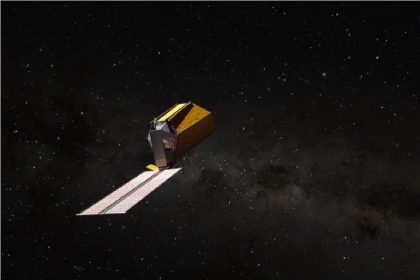According to Mehr news agency, quoted by Space, this research provides a new perspective on the evolution of the moon.
China launched the 53-day Chang’e 6 mission to collect lunar soil samples and return them to Earth in early May. During this mission, a lander collected samples from an area called the Apollo Crater, and then sent a vehicle up to orbit the moon. In planetary orbit, the samples were transferred to a waiting rover. After that, the module containing 1,935.3 grams of lunar samples landed on Earth in late June 2024.
These samples were originally transferred to advanced units for storage, and Li Chunlai and his colleagues examined a portion of this sample. They found that the said soil has a lower density compared to previous samples of lunar soil that were collected from the near-Earth part of the planet. In particular, the samples from the distant part of the moon had a lighter and more porous structure than the samples from the near part of the moon.
Compared to the samples collected by the Chang’e 5 mission in 2020, this same soil contained more elements with a lighter color such as glass. Also, these materials contained lower concentrations of KREEP, which is an abbreviation for the presence of rock rich in potassium (K), rare earth elements (REE) and phosphorus (P). These materials are more abundant in the part of the moon close to the earth.
RCO NEWS

















